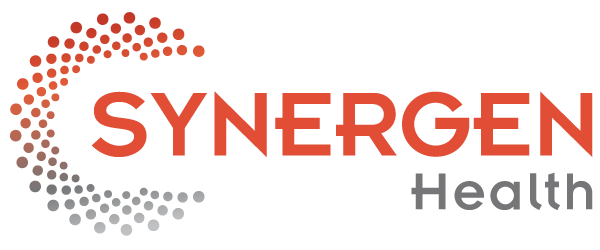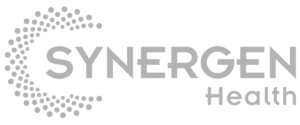Artificial intelligence (AI) can significantly enhance lab profitability by optimizing various processes across its entire revenue cycle.
From order intake to post-billing, let’s explore the practical use cases of AI for labs.
Order Intake
While the healthcare world may push to become more digitally-centric, paper refuses to go away. However, machine learning (ML)—a type of AI—is a powerful tool that, when employed properly, has significant advantages over technologies such as optical character recognition (OCR) software.
These advantages include being trained on large datasets, context-specific understanding, continuous learning, the ability to ignore background noise, and the opportunity to automate pre-processing steps.
Starting at the very onset of a lab’s revenue cycle, order intake is a critical part of operations, involving multiple channels and often dealing with paper documents. AI can significantly streamline this process by:
1. Converting paper to digital: Using AI to scan insurance cards, driver’s licenses, and other documents, transforming them into digital formats to reduce manual data entry and minimize errors.
2. Improving data accuracy: AI’s ability to recognize handwriting and fonts improves data entry accuracy. This is particularly useful for handling forms generated by various EMR systems.
3. Enhancing efficiency: AI can handle high volumes of data entry, reducing the need for manual input and enabling labs to process orders faster—leading to quicker turnaround times and improved workflow.
Case Study: Order Intake Automation
A lab processing 165,000 tests annually with a large amount of paper orders (124,00+) implemented AI to reduce data entry errors and improve efficiency.
After implementing AI technology, they:
- Reduced its order entry team from 10 to 2 people
- Reduced error rates from 7% to less than 1%
- Achieved an annual savings of $337,920
Pre-Billing
AI applications in pre-billing processes can lead to substantial improvements for labs:
1. Eligibility and coverage discovery: Accurately identifying the right payer and ensuring coverage to reduce denials. AI can analyze eligibility checks in more detail, such as distinguishing between Medicare and managed Medicare plans.
2. Pre-authorization checks: Using AI to identify claims requiring pre-authorization, even those outside predefined rules. This reduces the likelihood of denials due to missing pre-authorizations.
3. Accurate coding: Ensuring the correct services are reported, AI can assist in coding and make sure all necessary information is included to reduce the risk of miss-reporting services captured.
4. Early denial prediction: Running analyses on claims before submission to identify the likelihood of denials, allowing for proactive issue resolution.
Real-World Impact:
After implementing AI technology, one lab experienced:
- Savings of $1.25 to $2 per claim on eligibility checks
- Payer identification accuracy improved to over 98%
- 50% reduction in time to bill
- 30% improvement in team productivity
Billing
The billing process is a crucial point in the revenue cycle process as it can either lead to quick payments, or denied claims.
Implementing AI can help labs with:
1. Claim edits: AI can identify patterns in rejected claims and suggest corrections before submission.
2. Knowledge management and staff training: AI can create playbooks and training materials, making it easier for new staff to learn and for existing staff to stay updated on best practices.
Real-World Impact:
After implementing AI technology, one lab experienced:
- 10-15% reduction in claim rejections
- 40% improvement in staff training efficiency
Post-Billing
Post-billing processes can also benefit from AI-driven enhancements:
1. Accounts receivable work queues: Creating intelligent work queues for accounts receivable management to prioritize tasks efficiently.
2. Denial resolution and appeals: An AI-driven collections and denial management system can generate detailed and compelling appeals to quickly resolve denied claims.
3. Call management: Using automation to assist in managing calls to payers, ensuring that communication is efficient and well-documented.
4. Lockbox automation: Automating the processing of explanation of benefits (EOB) and other correspondence to reduce manual workload.
Patient Experience
Lastly, AI solutions can improve patient experience, which is crucial for maintaining good relationships and ensuring timely payments:
1. Chatbots: Providing 24/7 support to answer patient inquiries, explain bills, and guide them through the payment process. AI-driven chatbots can handle routine questions and escalate more complex issues to human staff, improving response times and patient satisfaction.
2. Personalized payment options: Using AI to analyze patient data and offer customized payment plans that suit their financial situation, increasing the likelihood of timely payments.
Maximize Profitability with an End-to-End RCM Partner
From order intake to billing, automated solutions hold immense potential to maximize lab profitability. As technologies continue to evolve, labs that embrace these innovations will be well-positioned to thrive in a competitive healthcare landscape.
While the journey to AI integration may have its challenges, partnering with an end-to-end RCM partner makes it easy.
Looking to transform your lab’s revenue cycle? Let’s talk.

